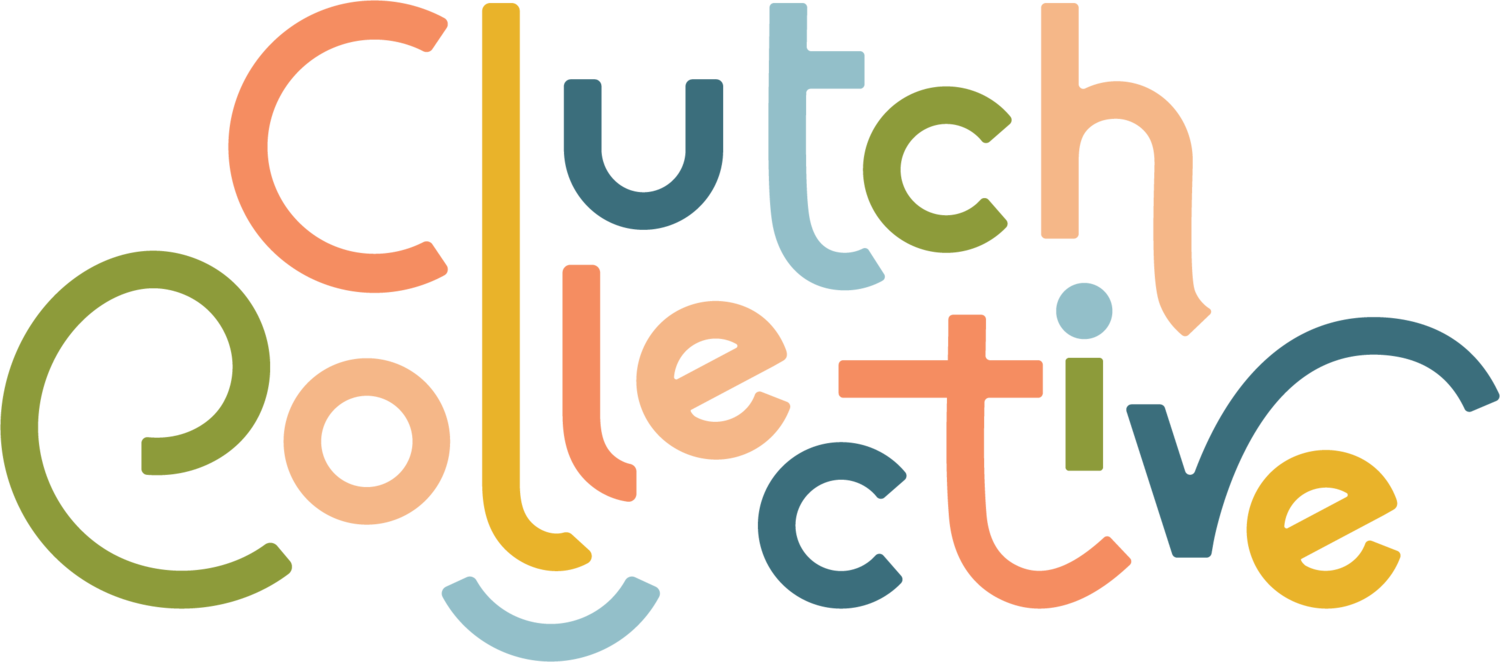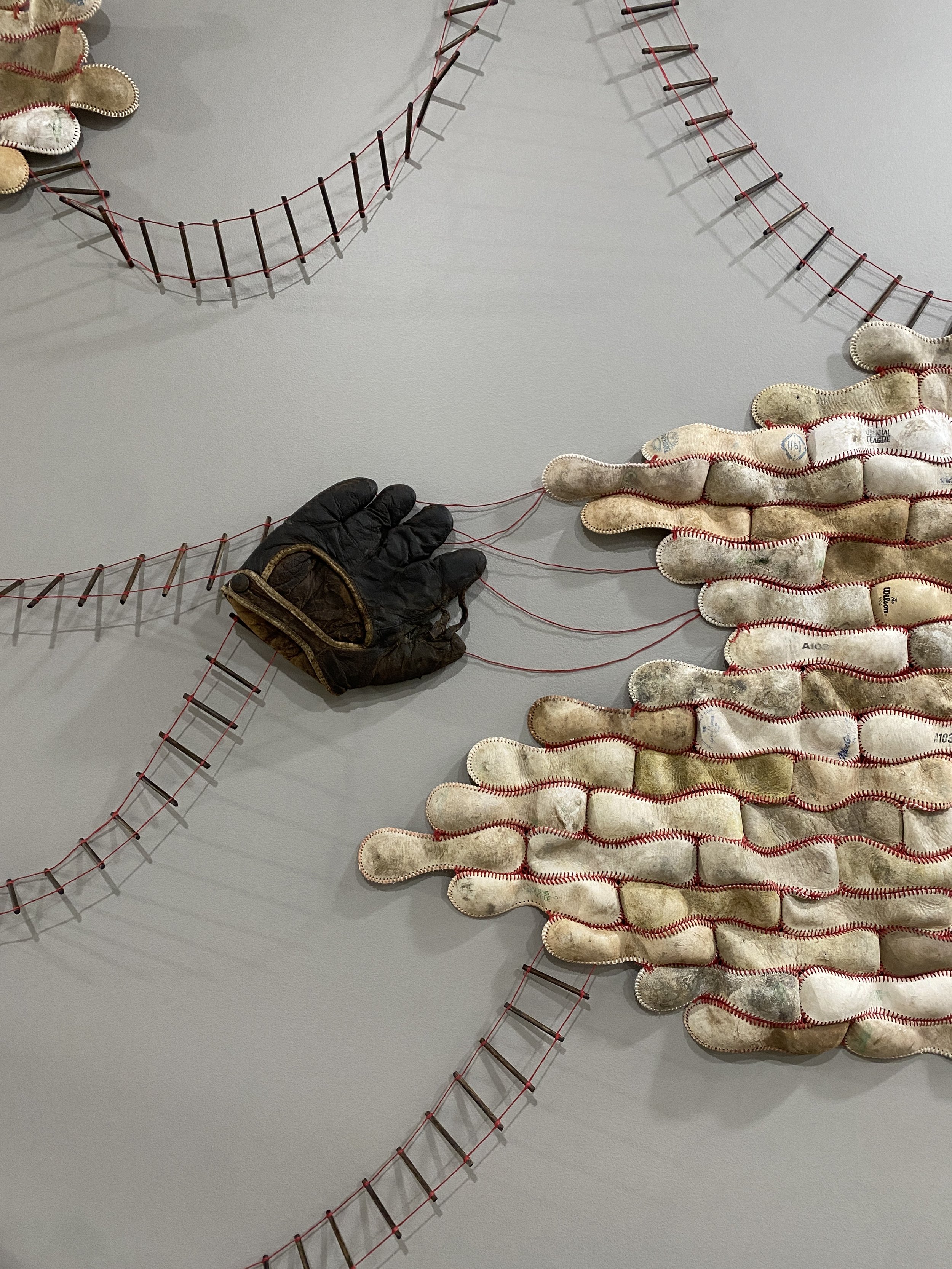Nevada Tribble Honors Local History with Installation
Earlier this month, West Virginia artist Nevada Tribble installed an art piece made from deconstructed baseballs in her hometown of Elkins, WV. The project is part of Woodlands Development & Lending's 'Lost Towns of the Mon' project, a permanent art collection in the newly-rehabilitated Tygart Hotel. All pieces in the collection are related to the history, location, and both past and current conditions of the five ghost towns in the Monongahela National Forest.
Nevada was interested in the Lost Towns project as a local resident and next door neighbor to the Tygart Hotel and jumped at the chance to make art for a space so close to her. "I love that they chose to decorate the whole hotel with local art and prioritize making that connection with the local area," she said.
Titled "The Home Team," Nevada's installation was inspired by the ghost town of Wildell and constructed from baseballs she collected from the Elkins area, thread, a baseball mitt, and dowel rods.
"In the 1910's, the town of Wildell had a baseball team that would ride the train (accompanied by boisterous fans) to other towns in the area to compete. This makeshift baseball league was a major source of entertainment at the time and a way for people of neighboring towns to interact. Games were often played here in Elkins, sometimes accompanied by other events, such as parades and community gatherings," Nevada said in her artist statement.
Nevada started the project by asking around Elkins to gather old baseballs and then worked to remove the stitching on each one to pull apart the leather coverings. "Then I stitched them together to create these landscape islands, using two needles at once to sew them with the same stitch baseballs are sewn together with."
She said the sewing part of the process took the longest and for a couple months, she took the project everywhere she went and sewing during any activity that could be multitasked.
"I created these baseball 'islands' to represent the towns in the region, connected by threads of railroad track. I love how the shapes of the baseball skins stitched together create mountains and valleys like our landscape. The baseball glove is from 1910 and is similar to the ones the Wildell baseball team used," said Nevada.
Every single one of the baseballs in the piece was played with by Elkins locals, she said. Some are old, some newer, but all have seen the business end of a baseball bat and had a healthy dose of dirt, sweat, and competitive spirit rubbed into them. "If you look closely, you can see game scores marked on some, chronicling moments of triumph, when the crowd must have joined their voices together in a great cheer for the home team."
So many baseballs were used in this project, Nevada lost count. "This project basically took over my whole life for a couple months, but I'm so happy with the results."
The installation is on permanent display in the lobby of the Tygart Hotel and is open to the public. The hotel has plans to hang interpretive signs near the art to tell visitors more about the local history.
For those interested in digging deeper, Nevada recommends "Forgotten Towns" by Steve Bodkins. You can also visit the site of Wildell along the West Fork Rail Trail where there interpretive signs.
Nevada extends special thanks to Dick Harvey, John Barger, Elkins Babe Ruth League, and D&E Baseball for contributing used baseballs to this project.
Learn more about artist Nevada Tribble and her body of work on her website.






